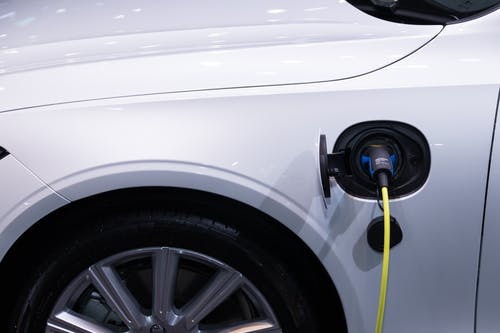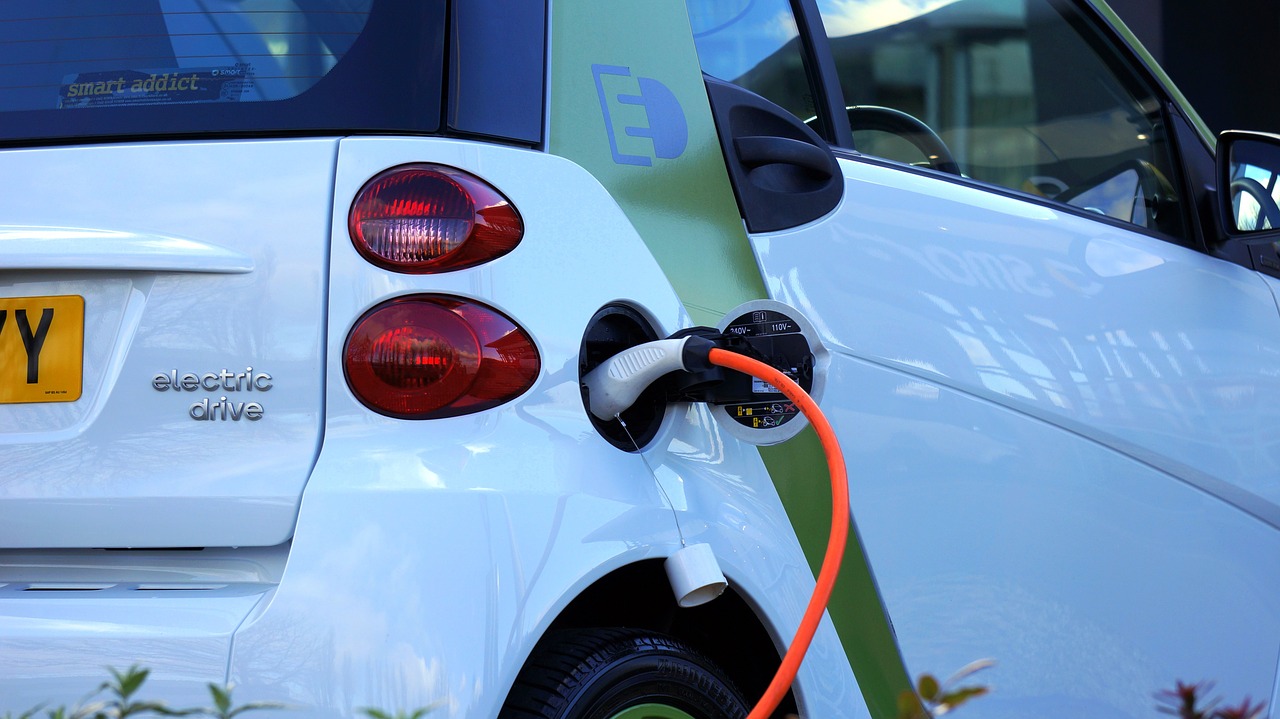Choosing to install clean energy infrastructure can be a study of the pros and cons for businesses and tax-exempt entities.
We are living in a time of rapid acceleration toward clean fueling and sustainable energy options. The Biden Administration’s Inflation Reduction Act1, signed in 2022, provided a comprehensive overview of the federal government’s clean energy goals for the next decade and beyond. Among the crucial provisions under the Inflation Reduction Act was the Alternative Fuel Vehicle Refueling Property tax credit, also commonly referred to as the EV Charging Tax Credit or IRS 26 U.S. Code 30C. The initiative offers tax incentives for the installation of qualified infrastructure related to alternative fuels, such as hydrogen fueling and EV charging stations.
To best take advantage of these tax credits, consumers and businesses must understand their intricate nature, including their filing requirements and qualification guidelines. Those in the legal field tasked with guiding their clients through the often murky waters of tax law must also be abreast of new proposals, guidelines, and goals.
Though tax experts may be aware that an EV Charging Tax Credit existed, it has been extended to 2032 and significantly revised under the 2022 Inflation Reduction Act. Here is a deep dive into the latest on these federal tax credits and how to best help clients navigate the new incentives.
An updated credit
The federal government’s push to incentivize clean energy initiatives and infrastructure is nothing new. In 2005, the original EV Charging Tax Credit came into play. It provided a tax credit with a maximum value of $30,0002 per property. The program helped businesses offset a significant portion of the cost of clean energy projects and the installation of EV charging stations.
With the Inflation Reduction Act of 2022, the credit has been updated to include new stipulations that, while advantageous, could be tricky to navigate for those unfamiliar with tax law. One of the hallmarks of the latest 2022 plan is a revision to the original maximum credit of $30,000 per property to 6%3 of the cost of the property subject to depreciation with a maximum of $100,000 per station. Businesses and tax-exempt entities must meet certain prevailing wage and apprenticeship requirements4 to qualify for these updated credits. This caveat means that, although union membership is not required for electricians who install charging, companies hoping to qualify for the increased credit limits must pay laborers and mechanics employed in installation or alteration no less than the applicable prevailing wage rate. They must also employ apprentices for a set number of apprentice hours.
The credit has also been updated to benefit rural and low-income areas. Per new guidelines, the eligible fueling equipment must be installed in areas that meet specific census tract requirements, such as a poverty rate of at least 20% or a census tract where the median family income is less than 80% of the state’s medium family income level. These updated guidelines seek to solve the issue of “charging deserts” — areas of the country where it has been challenging to further the EV revolution because of a lack of charging infrastructure5.
One of the biggest changes to the tax credit is the ability of governments and non-profits to qualify. These tax-exempt entities have long been excluded from the benefits of clean energy tax credits but can now receive them even though they don’t pay taxes. The credits may also be monetized by site owners or station owners who can sell them to another tax-paying entity.
Challenges under the new credit guidelines
Though the expanded credit seeks to address gaps evident in the original 2005 incentive program, businesses and tax-exempt entities still face challenges accessing it.
The location stipulation targeting non-urban areas and areas of low income to qualify for the full 30% credit could limit some businesses and tax-exempt entities. The labor pay and apprentice requirements could also be viewed as a limitation. Availability of specifically trained labor could be limited in certain areas, and while the EV revolution has stoked job creation, qualified EV apprentices could still be considered to be few and far between in a relatively new market.
There could also be some uncertainty about which part of the EV charging infrastructure and installation qualify for the credit. As one article6 suggested, the lack of clarity about how the credits are applied could lead to a less-than-enthusiastic response to the updated credit. Charger installations can be costly, and businesses may be hesitant to dive into installation if they are unsure about the financial incentives they could qualify for.
These incentives aim to grow EV adoption, especially in areas deemed to be “EV charging deserts.” However, if businesses find the guidelines too restrictive or complicated, they may abandon the idea of installing EV charging stations altogether.
For example, historically, EV charging companies have not heavily courted low-income and rural areas of the country for installations because EV drivers tend to live in higher-income, urban areas. Convincing businesses in these areas of less EV adoption to take on the expense of an EV charging station installation could be tricky, even with the existing credits.
Helping businesses take advantage of the expanded credit
With the credits changing under the 2022 Infrastructure plan, many businesses and tax-exempt entities may need help navigating the changes to take full advantage. Tax experts and attorneys can play a crucial role in guiding businesses and others that may qualify for these credits through the intricacies of qualification. This allows the expanded tax credits to do what they were intended to do when they were updated — further EV adoption nationwide and bridge gaps in EV charging availability.

Tax lawyers must familiarize themselves with the intricate nature of the 2022 credits, especially the new eligibility criteria, to help their clients determine eligibility. However, given the complexity of the recent changes, this is easier said than done.
Legal experts can also analyze business plans and financials to see how to maximize the benefits offered through the 2022 plan. Tax lawyers should be able to advise on installation particulars and expenditures to ensure that their clients can get the most out of the tax credit, making the installation of the charging station and hiring of specifically trained workers and apprentices worthwhile.
Choosing to install clean energy infrastructure can be a study of the pros and cons for businesses and tax-exempt entities. It is the hope of the current administration that these improvements to the 2005 incentives will kick EV adoption into high gear. The goal of the Infrastructure Bill was the installation of 500,0007 EV charging stations by 2030. These tax credits and funding for individual states are the building blocks for this goal.
The 2022 updates to the tax credits present an opportunity for businesses and tax-exempt entities, such as charitable organizations and private foundations, to participate in the growth of EV use in a significant way. However, navigating the complex language and tax intricacies makes the role of tax lawyers crucial to the success of these credits. By staying abreast of legislative changes and regulatory updates, lawyers can be essential partners with businesses seeking to play a role in the EV revolution.
Endnotes:
- https://www.whitehouse.gov/cleanenergy/inflation-reduction-act-guidebook/
- https://blinkcharging.com/blog/deep-dive-into-the-alternative-fuel-infrastructure-tax-credit-in-2022-and-2023
- https://afdc.energy.gov/laws/ev-tax-credits
- https://www.irs.gov/credits-deductions/prevailing-wage-and-apprenticeship-requirements
- https://www.anl.gov/esia/refueling-infrastructure-tax-credit#eligibleCensusTracts
- https://www.canarymedia.com/articles/ev-charging/new-guidance-makes-ev-charging-incentives-widely-available
- https://www.whitehouse.gov/briefing-room/statements-releases/2023/02/15/fact-sheet-biden-harris-administration-announces-new-standards-and-major-progress-for-a-made-in-america-national-network-of-electric-vehicle-chargers/


Join the conversation!